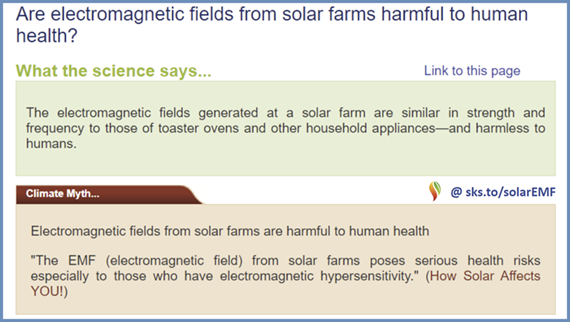Sensors, Vol. 23, Pages 5392: Non-Contact Assessment of Swallowing Dysfunction Using Smartphone Captured Skin Displacements
Sensors doi: 10.3390/s23125392
Authors: Nikyta Chesney Prashanna Khwaounjoo Maggie-Lee Huckabee Yusuf Ozgur Cakmak
Early and accurate dysphagia diagnosis is essential for reducing the risk of associated co-morbidities and mortalities. Barriers to current evaluation methods may alter the effectiveness of identifying at-risk patients. This preliminary study evaluates the feasibility of using iPhone X-captured videos of swallowing as a non-contact dysphagia screening tool. Video recordings of the anterior and lateral necks were captured simultaneously with videofluoroscopy in dysphagic patients. Videos were analyzed using an image registration algorithm (phase-based Savitzky–Golay gradient correlation (P-SG-GC)) to determine skin displacements over hyolaryngeal regions. Biomechanical swallowing parameters of hyolaryngeal displacement and velocity were also measured. Swallowing safety and efficiency were assessed by the Penetration Aspiration Scale (PAS), Residue Severity Ratings (RSR), and the Normalized Residue Ratio Scale (NRRS). Anterior hyoid excursion and horizontal skin displacements were strongly correlated with swallows of a 20 mL bolus (rs = 0.67). Skin displacements of the neck were moderately to very strongly correlated with scores on the PAS (rs = 0.80), NRRS (rs = 0.41–0.62), and RSR (rs = 0.33). This is the first study to utilize smartphone technology and image registration methods to produce skin displacements indicating post-swallow residual and penetration-aspiration. Enhancing screening methods provides a greater chance of detecting dysphagia, reducing the risk of negative health impacts.

 1 year ago
32
1 year ago
32

